Exploring Minimalism in Contemporary Art: The Power of Less
Today’s chosen theme: Exploring Minimalism in Contemporary Art. Step into a world where pared-down forms, quiet materials, and spacious thinking invite deeper seeing and feeling. Stay with us, share your impressions, and subscribe for thoughtful perspectives delivered with calm clarity.

Less, Clearly: The Essence of Minimalism Today
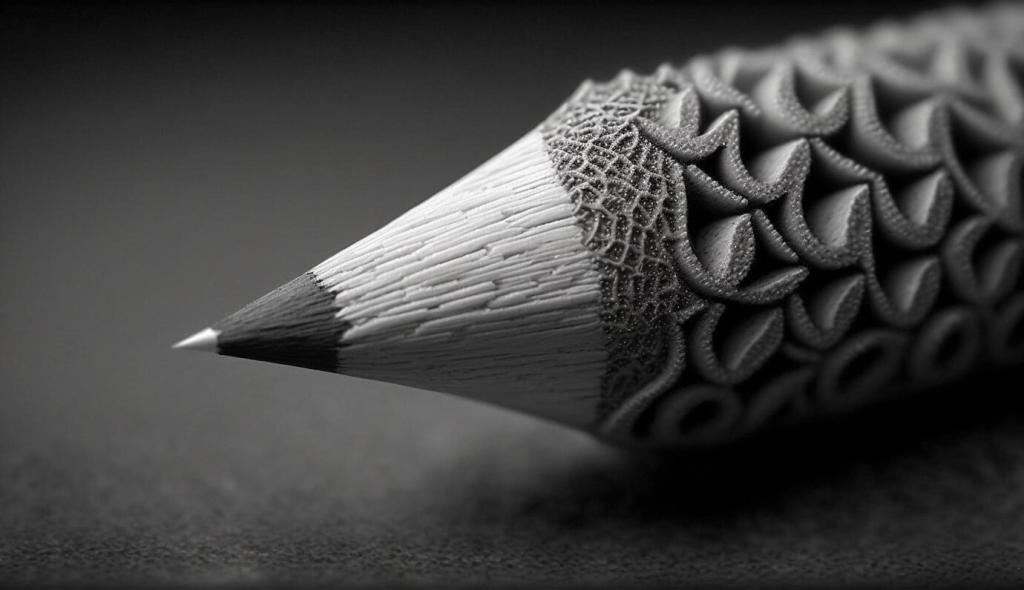
From 1960s Origins to Now
Born in the 1960s with artists like Donald Judd, Agnes Martin, Carl Andre, and Dan Flavin, Minimalism challenged expression and illusion. Today, its ethos carries into digital practices, architecture, and product design, shaping how we value restraint and intention.
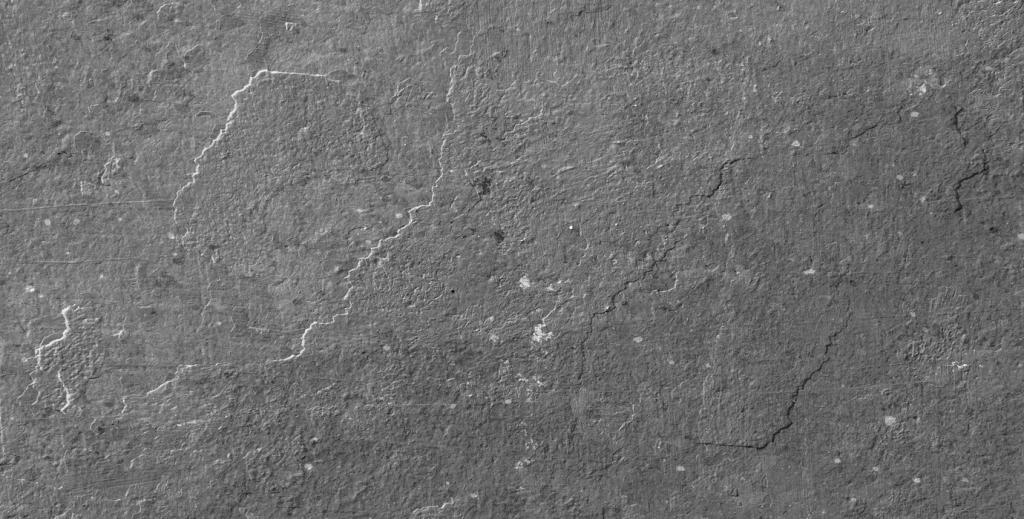
Key Names, Lasting Works
Think Judd’s aluminum stacks repeating with quiet rigor, Flavin’s fluorescent light corridors bathing rooms in color, and Martin’s delicate grids whispering serenity. These works use repetition and structure to reveal emotion beneath precision, inviting viewers to slow down and breathe.

Why Minimalism Endures in a Busy Age
Amid constant alerts and visual noise, we crave focus. Minimalist art offers intentional pauses, where emptiness is not a lack but a resource. It teaches attention, anchors us in the present, and reintroduces grace to how we experience time and space.
How to Look at Minimalist Art
Stand still for two full minutes. Track how the work changes as your eyes adjust: edges sharpen, textures surface, shadows shift. Notice breathing and posture. The artwork becomes a mirror, returning your attention to its truest, most present form.
How to Look at Minimalist Art
Minimalist art often collaborates with its environment. Observe how a polished steel plane reflects the room, or how daylight across a painted surface introduces gentle gradients. Ask yourself which elements are controlled by the artist, and which are co-authored by the space.


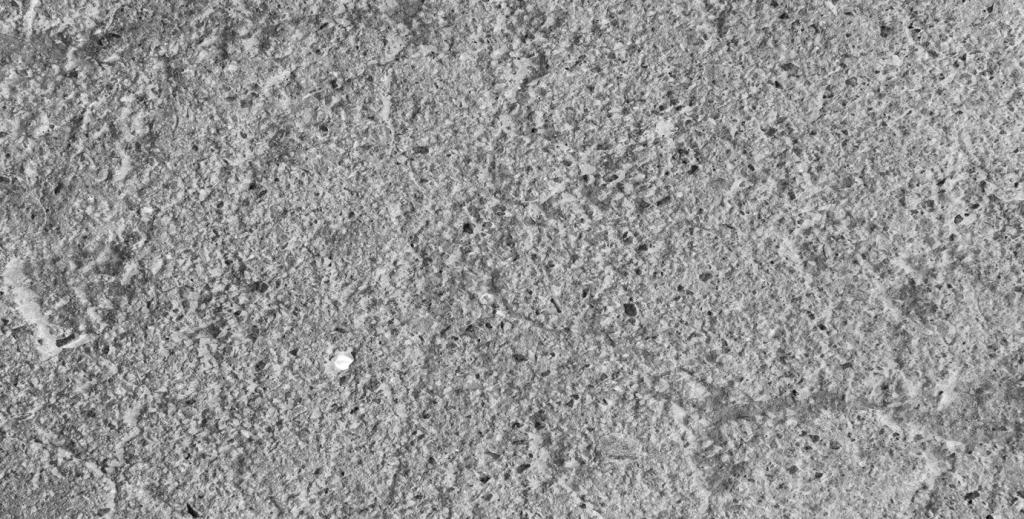
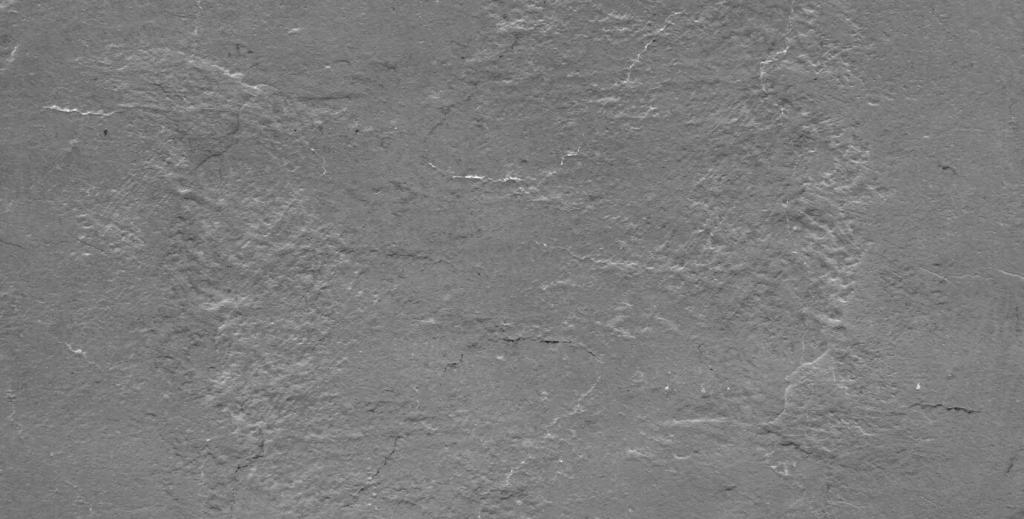
Curating a Minimalist Mood at Home
Choose a single strong work and give it breathing room. Let walls rest. Align furniture and sightlines to direct attention gently. When you enter, notice how the space encourages stillness. Post your layouts and we’ll exchange ideas for calm, balanced arrangements.
Curating a Minimalist Mood at Home
Minimalist pieces often use industrial or elemental materials—steel, concrete, glass, linen, and wood. Learn basic care: dust gently, manage light exposure, and avoid harsh cleaners. Preservation sustains subtleties like surface sheen and edge crispness, which carry much of the work’s quiet authority.
Digital Minimalism: Code, Light, and Screens
Artists employ simple algorithms to produce refined patterns, limited palettes, or discrete movements over time. By constraining variables, they reveal complex emergent behavior from modest rules. This discipline mirrors classic Minimalism’s logic while embracing the fluidity of computational change.
Stories That Stay: Encounters with Minimalism
A Day with Agnes Martin
In a quiet gallery, a grid painting seemed almost blank at first. Ten minutes later, graphite lines warmed into breathlike rhythms. Walking away, I felt steadier, as if my thoughts had quietly aligned to a softer, more humane tempo.
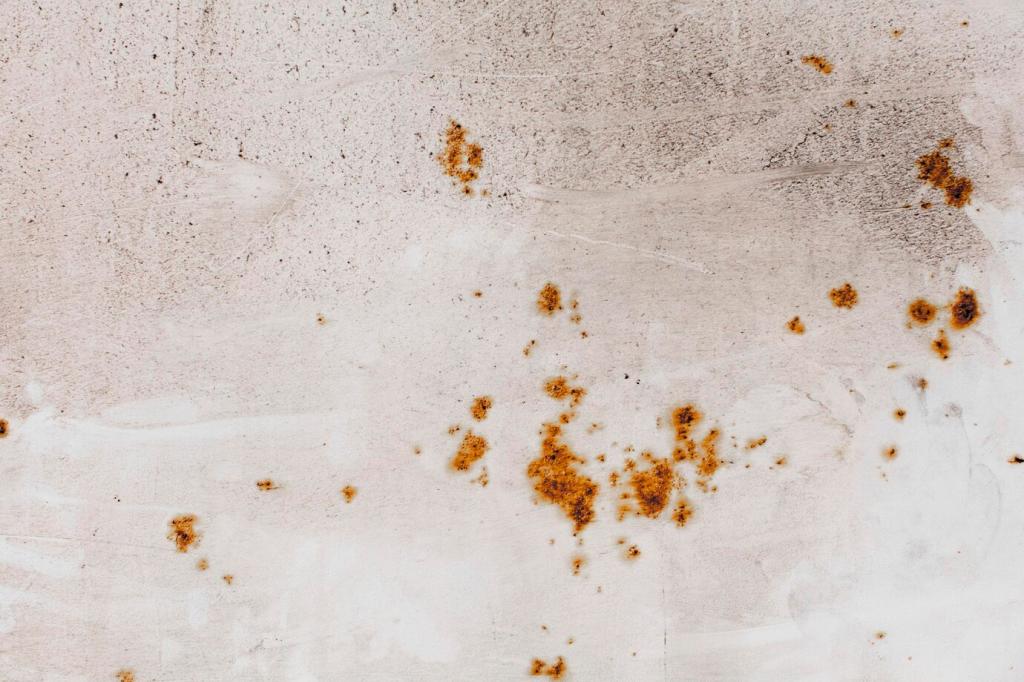
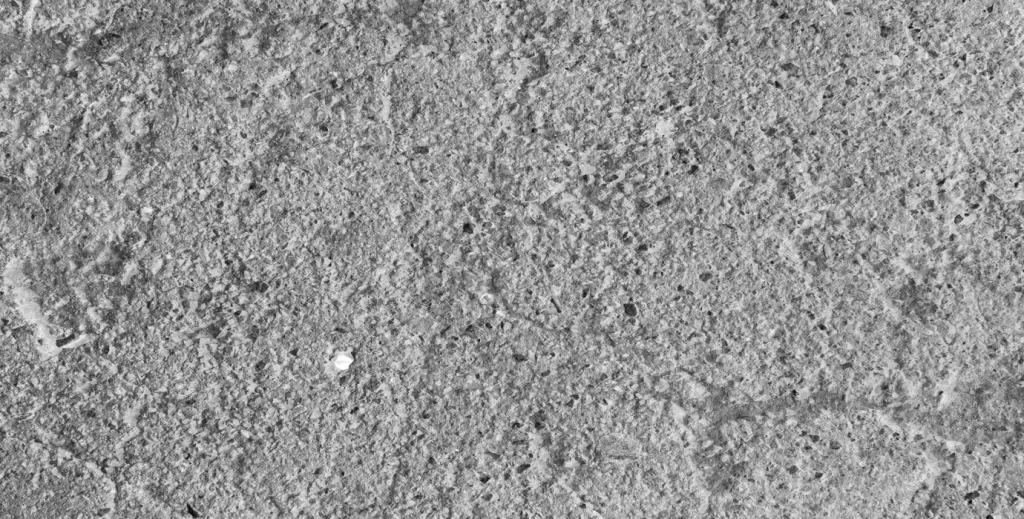
Dan Flavin’s Corridor
Stepping into colored light, my sense of distance shifted. Walls flattened, time stretched, and conversation faded to murmurs. The piece didn’t explain itself; it re-tuned my body to the room. I left convinced that perception can be the artwork’s true medium.
Making with Less: Your Creative Toolkit
01
Pick two materials, one method, and a time limit. Repeat the process five times without deviation. Constraints remove decision noise, revealing form and rhythm. Comment with what surprised you—especially where the constraint produced unexpected clarity or delight.
02
Start with a complex piece and remove elements one by one. Which deletion increases intensity rather than emptiness? Document each stage and compare. Post your before-and-after images, and let’s discuss where meaning condensed and where it evaporated.
03
Give each element a job. If it fails, cut it. Prioritize proportion, spacing, and cadence. Read your work aloud if it involves text; pace matters. Share a short reflection on what remained and why it earned its place.
Global Dialogues of Minimal Expression
While distinct from Minimalism’s Western lineage, concepts like ma—the meaningful interval—offer resonant lenses. Emptiness can be active, framing presence. Share examples where cultural context changed your reading of sparse form without flattening its specificity or complexity.

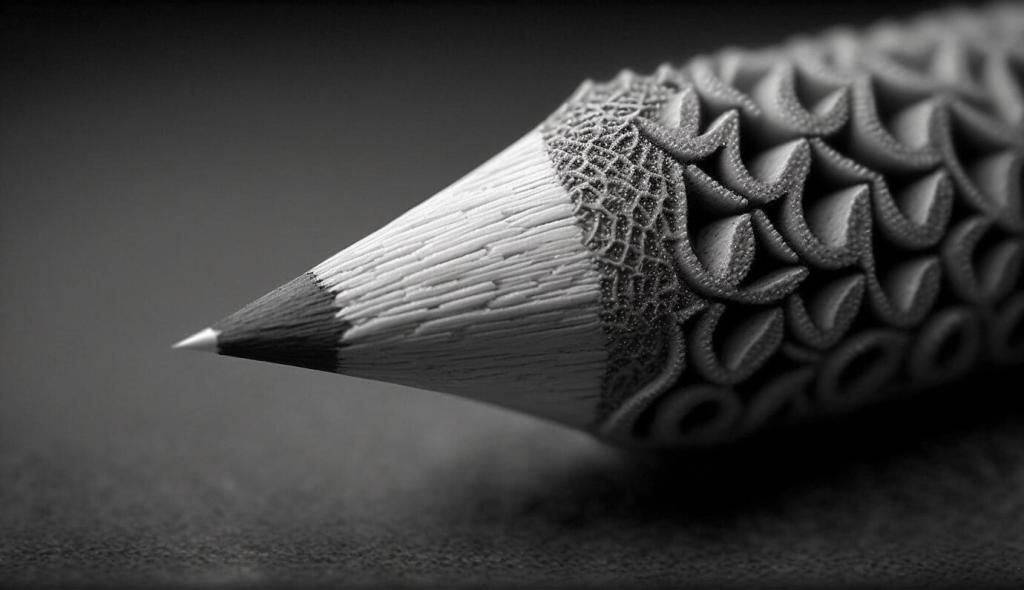
Global Dialogues of Minimal Expression
Consider Tadao Ando’s concrete, light, and shadow engaging art with disciplined restraint. Galleries become instruments, tuning how works sound to the eye. Tell us which buildings elevated minimalist pieces, and how scale or material altered your experience of the artworks.
